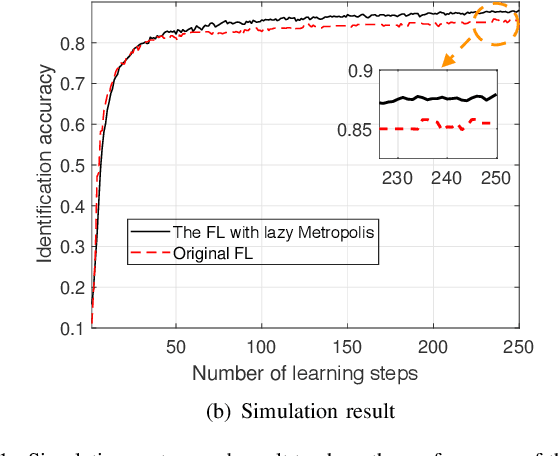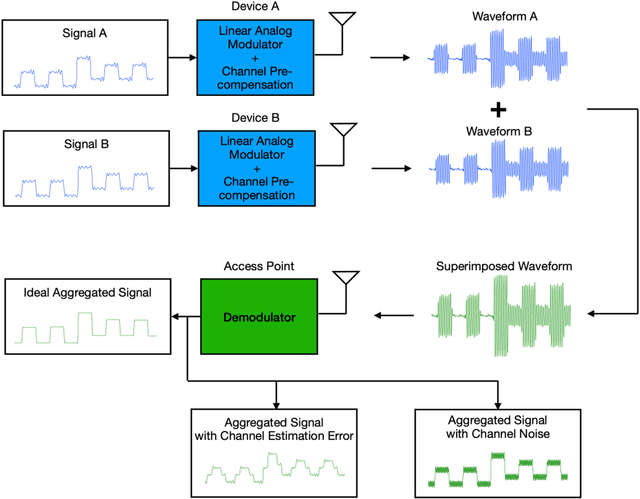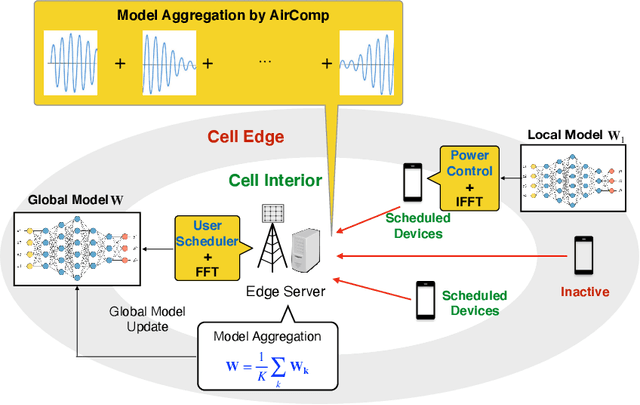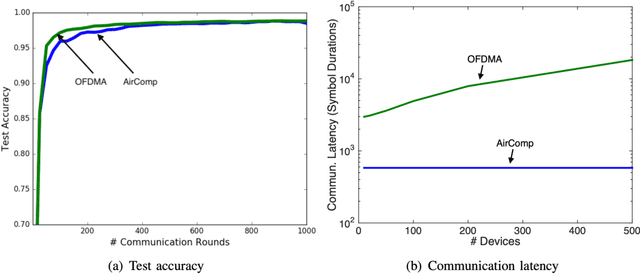Distributed Learning in Wireless Networks: Recent Progress and Future Challenges
Paper and Code
Apr 05, 2021



The next-generation of wireless networks will enable many machine learning (ML) tools and applications to efficiently analyze various types of data collected by edge devices for inference, autonomy, and decision making purposes. However, due to resource constraints, delay limitations, and privacy challenges, edge devices cannot offload their entire collected datasets to a cloud server for centrally training their ML models or inference purposes. To overcome these challenges, distributed learning and inference techniques have been proposed as a means to enable edge devices to collaboratively train ML models without raw data exchanges, thus reducing the communication overhead and latency as well as improving data privacy. However, deploying distributed learning over wireless networks faces several challenges including the uncertain wireless environment, limited wireless resources (e.g., transmit power and radio spectrum), and hardware resources. This paper provides a comprehensive study of how distributed learning can be efficiently and effectively deployed over wireless edge networks. We present a detailed overview of several emerging distributed learning paradigms, including federated learning, federated distillation, distributed inference, and multi-agent reinforcement learning. For each learning framework, we first introduce the motivation for deploying it over wireless networks. Then, we present a detailed literature review on the use of communication techniques for its efficient deployment. We then introduce an illustrative example to show how to optimize wireless networks to improve its performance. Finally, we introduce future research opportunities. In a nutshell, this paper provides a holistic set of guidelines on how to deploy a broad range of distributed learning frameworks over real-world wireless communication networks.
 Add to Chrome
Add to Chrome Add to Firefox
Add to Firefox Add to Edge
Add to Edge